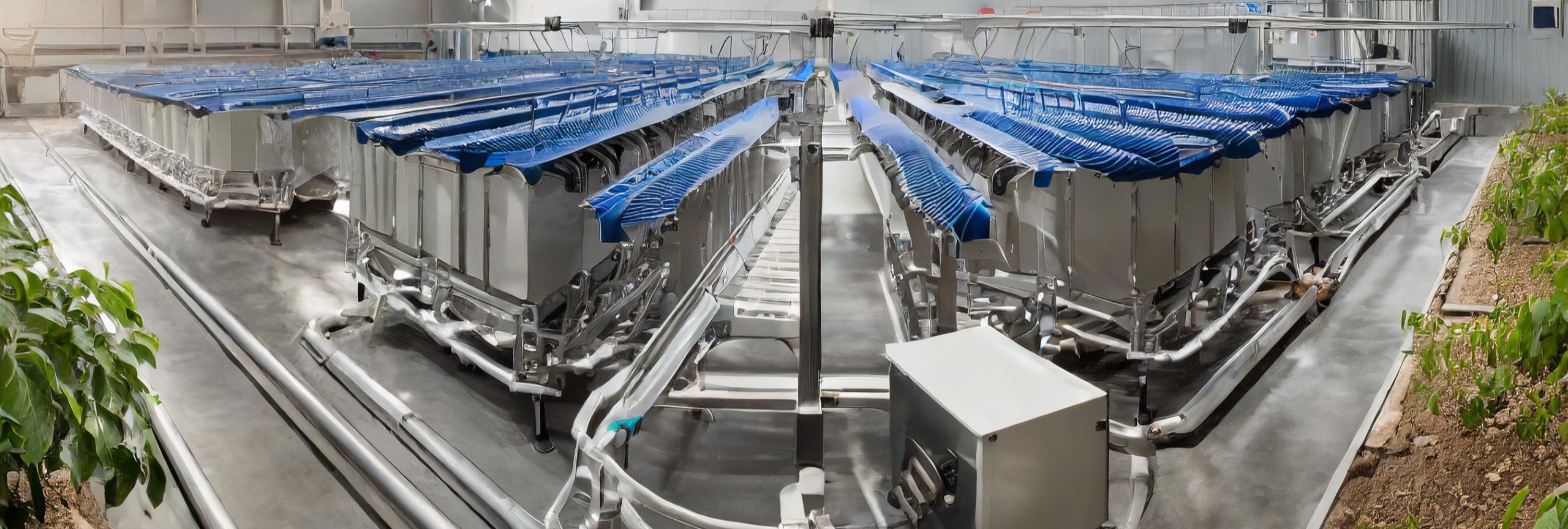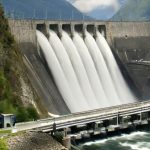Comprehensive Showcase of Global Managing Large Carbon Sinks Innovations & Startups
From CLIMAFIX, the leader in climate innovation intelligence
Managing Large Carbon Sinks Introduction:
About 38000 billion tons of CO2 are stored in the oceans, and they sequester an additional 2 billion tons of atmospheric CO2 annually. Permafrost contains over 1400 billion tons of CO2. Grasslands capture about 3 billion tons of CO2 per year. Wetlands store over 13 billion of CO2 in the US alone.
In addition to the more apparent carbon sinks like forests, these represent very large natural carbon sinks. These sinks co-exist symbiotically with the rest of their ecosystem entities. For instance, cattle and grasslands form a synergistic partnership – while cattle consuming the grass could emit some of the carbon back into the atmosphere (through enteric fermentation and also from the composting or bio methanation of their waste), the cattle waste (urine and dung) also serve as valuable nutrients for the grasslands to grow.
While they capture and store CO2, they are potential emitters too. For instance, natural wetlands already emit about 30% of all methane emissions globally. With global warming, experts warn that permafrost could thaw and emit massive amounts of carbon stored in them. Climate records show that as temperatures climb, oceans can turn from CO2 sinks to CO2 emission sources.
Managing these natural carbon sinks with care is critical to ensure that they continue to sequester equal or even higher amounts of CO2 every year, and more importantly, to ensure that they do not emit the CO2 stored in them back into the atmosphere. Decarbonization efforts should be more nuanced and should be aimed at maintaining a balance between CO2 capture and emissions by these ecosystems.
The importance of these carbon sinks for a healthy global climate has given rise to organisations and associations. Prominent ones among them are the International Permafrost Association and Wetlands International.
For the 2020-2030 period, innovations in this domain will be in monitoring these sinks through the use of digital tools, deep ocean vehicles, LiDAR, etc., capacity building for key stakeholders to manage these ecosystems, and multi-stakeholder collaboration to ensure preservation.
The Managing Large Carbon Sinks Innovations & Startups Report provides insights on the following:
- Current & Emerging Technologies
- Innovation & Startups Analysis
- Urgency of this Decarbonization Avenue
- Unique Solutions Derived from Startups
- Commercialization Potential
- Scalability
- Highlights of Prominent Innovations & Startups
- List of 10 High-Impact Startups
For each startup, the following inputs are provided:
- Product
- Key benefits
- Technology & process
- Videos
- Links to founder profiles
- Links to prominent news & analyses about the startup
The Managing Large Carbon Sinks Innovations Report is part of CLIMAFIX 500, a comprehensive global climate innovation and startup report.



